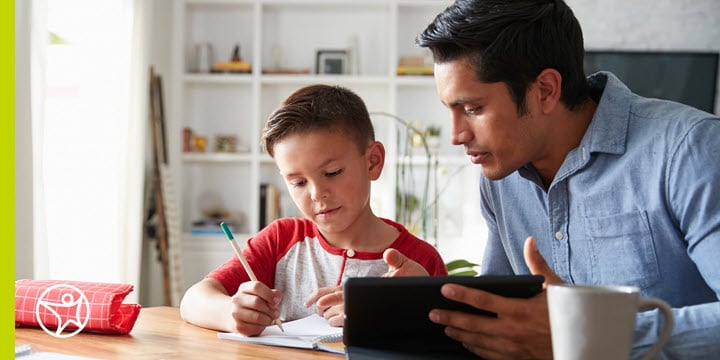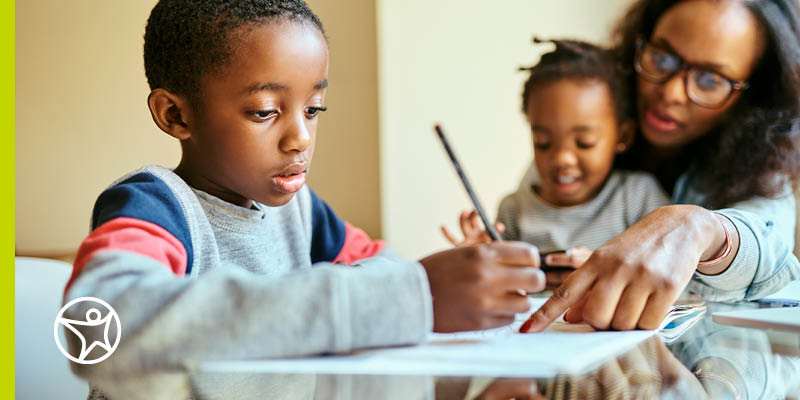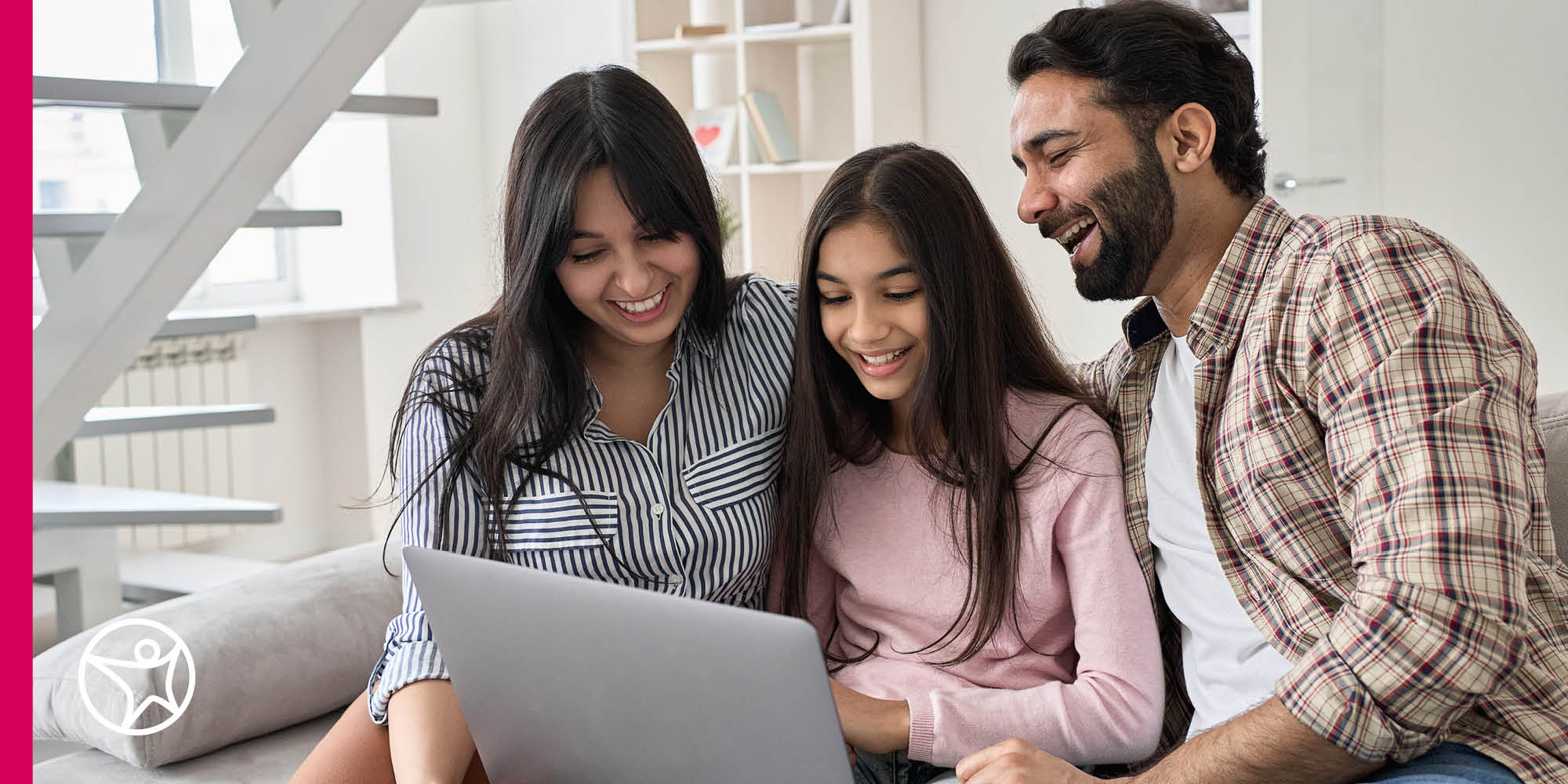Understanding Multiple Intelligences and Learning Preferences
by Valerie Kirk

Educators and researchers are always looking for ways to improve learning outcomes and keep students engaged with learning. Because of this, the education field is crowded with different theories about learning styles (now learning preferences) teaching styles, and other methods on how students learn.
It’s important to understand the different types of learning preferences and prevailing theories when building online school and homeschool lessons, and when helping student’s study effectively to master difficult concepts. While one learning preference or theory won’t work for all students, learning about them can still help you identify your own student’s strengths and weaknesses. Some overtime have been met with criticism, but that’s not to say we can’t test some of their practices out to find out how our students best prefer to learn and study. They’re still popular today for a reason!
Here is an overview of some of the popular learning theories and different learning preferences to help every student achieve success.
The Multiple Intelligences Theory
Some researchers believe in the Multiple Intelligences Theory, which claims that people have eight independent ways of processing information:
- Verbal-linguistic: (Word smart)
- Logical-mathematical: (Logic smart)
- Visual-spatial: (Picture smart)
- Auditory-musical: (Music smart)
- Bodily-kinesthetic: (Body smart)
- Interpersonal: (People smart)
- Intrapersonal: (Self smart)
- Naturalistic: (Nature smart)
It’s more accurate to think of the eight intelligences as abilities or strengths. The human brain is extremely complex, and all of these types of “smarts” work together. Your student may have several of these strengths.
How to use the Multiple Intelligences Theory
To apply the Multiple Intelligences Theory to online school, teachers and Learning Coaches can use activities based on the intelligences to help students develop all of their learning strengths. Some activities help develop more than one strength at a time, offering a holistic way to support different types of learners. Here are some activities to engage your student:
- Taking photos for the online school yearbook to exercise “picture smarts”
- Making crystals to build “nature smarts”
- Drawing a map to scale to exercise “logic smarts” and “picture smarts”
- Spending 10 minutes writing about one of their best attributes to integrate “word smarts” and “intrapersonal smarts”
Learning Preferences
Learning preferences focus on how students process information using their senses to absorb and retain what is being taught. While many people may say they have a “learning style,” they really have learning preferences, or ways they prefer to have lessons delivered to them. Students actually learn and retain more educational content when it is delivered – or taught – to them in a variety of different ways as opposed to only one way, even if that way is their preferred way to learn.
Below are three different types of learning preferences to keep in mind when building online school or homeschool lessons. If your student is struggling with a difficult concept, you can also use these preferences as a guide to find a different way to deliver the learning content to them to help make things click.
- Visual learners: Those who prefer to learn through images, graphs, maps, and drawings
- Auditory learners: Students who prefer to learn by hearing and speaking new information
- Tactile/kinesthetic learners: The student who prefers to learn by experiencing, touching, and performing tasks
With these learning preferences in mind, here are some examples of delivering learning content in ways to reach all types of learners.
- Have your student practice counting money by giving them real coins, which is a tactile/kinesthetic learner approach
- When helping young readers, point to each word as you read it aloud, which uses both auditory and visual skills
- To learn geography, study a map, which is a visual task
Physical Activities for Kinesthetic Learners
While physical activity is particularly important for kids who have a kinesthetic learning preference, taking breaks and staying active is important for all types of learners! Even if your student doesn’t gravitate toward hands-on or physical activities, you can still incorporate them into their online school routine to clear the mind and relieve stress. Try these learning activities to stimulate the body as well as the brain:
- Have your student play multiplication catch or leap for measurement to practice skills through activity
- Have your student use a stability ball instead of a chair for short periods of time to improve balance, posture, and upper-body strength
- Start a family fitness challenge. Get the whole family involved in the new fitness plan, whether it’s by holding indoor scavenger hunts or creating your own unique activities
- Do indoor physical education activities between lessons. Fun physical activities for grades K–12 can keep your student busy all year long, no matter what the weather is like outside
Learning Support at Home
Whether labeled as learning styles, preferences or intelligences, none of these strengths or abilities are static or fixed. They change as your student grows and matures. These approaches can be useful tools in a teacher’s or Learning Coach’s toolkit to add variety to your student’s online school experience and support learning at home, especially when helping your student become an independent learner.
There are lots of benefits to an online school model like Connections Academy. One of them is being able to test out these learning theories for yourself with your student, while enjoying the flexibility of a custom schedule and personalized education model. Check out how an online school model really works, and see if it might be a right fit for you and your family.



